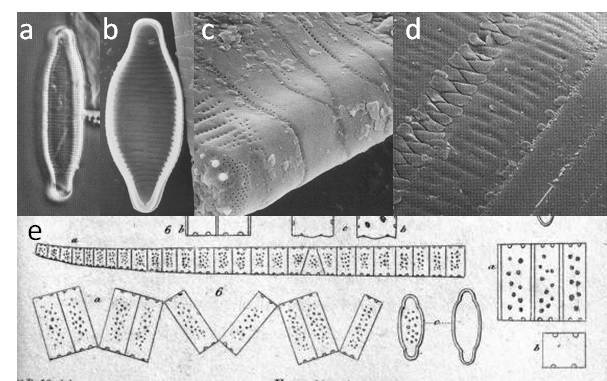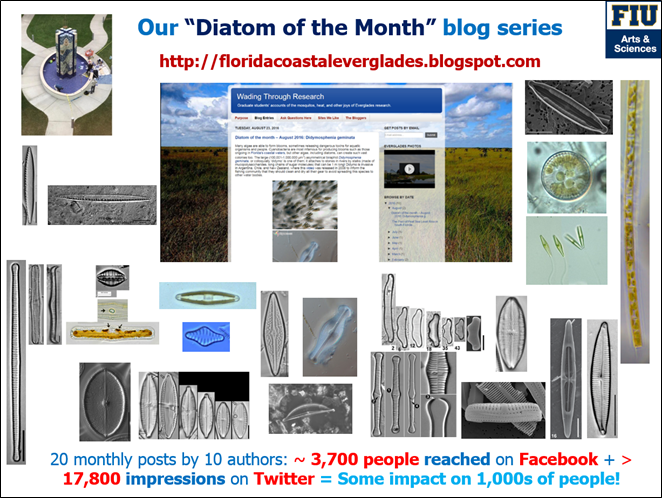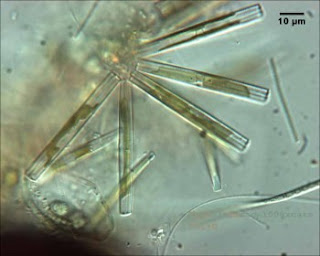Diatom of the Month - August 2017: Fragilariforma virescens

post by David Williams* Although he never wrote it down, the late Colin Patterson , one time vertebrate palaeontologist at my home from home, the Natural History Museum , London, often said that when confronted with any particular biological specimen, three questions should come into the minds of systematists: What is it? What is it related to? Where does it live? For me, the first is often a struggle, as wading through books of images can be a tad soul-destroying, especially if the images never quite match what’s in front of you. Start with something easy – that’s what Frank Round told me, a long while ago now. Easy? There’s a lovely book by Archie Carr, A Naturalist in Florida, A Celebration of Eden (1994). In it there’s a key to the fishes of Alachua County, Florida, first published in 1941. One instruction reads: “Not as above; fins with dangerous spines; catfish-like—in fact, a catfish”, with a footnote: “Any damned fool knows a catfish”. So, Frank suggested Fragilari


